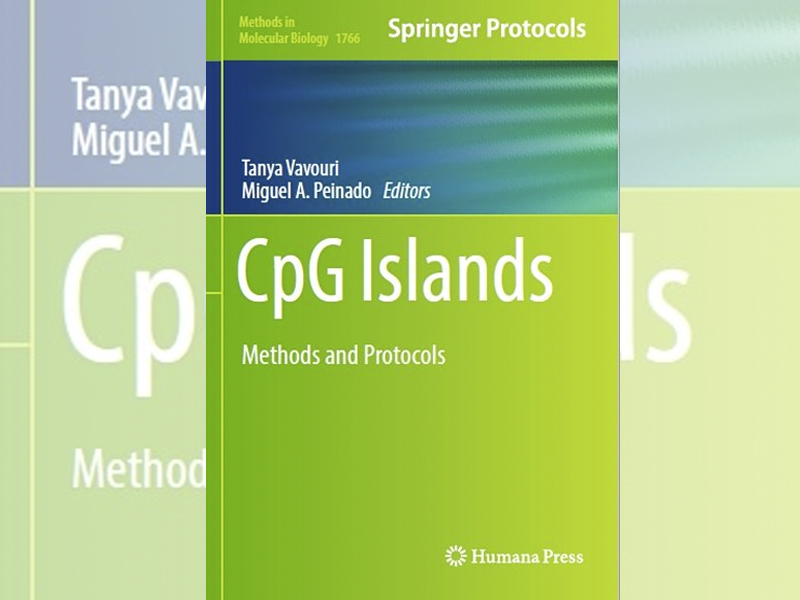Scientists from the PMPPC edit a practical guide to the study of CpG islands

Miguel Angel Peinado and Tanya Vavouri from the Program for Predictive and personalized Medicine of Cancer (PMPPC) have edited a new handbook of laboratory methods for epigeneticists; CpG Islands: Methods and Protocols in the authoritative series Methods in Molecular Biology published by Springer Nature.
Vavouri told us, "These are guides for people doing experiments, above all they are valued for the trouble-shooting section. They are really practical handbooks for the hands-on scientist."
CpG islands are short stretches of DNA enriched in CpG dinucleotides, they were first identified by Adrian Bird in the 80's. These sections are associated with the regulation of genes, that is to say they are part of the mechanisms that controls whether genes are playing an active part in the activity of a cell or remain silent. Chemical changes at CpG islands are also seen in multiple diseases including cancer, cardiovascular and neurological diseases so they are the focus of a great deal of research looking for targets to improve diagnosis and treatments for many common health problems.
The study of CpG islands involves sophisticated laboratory methods and genome sequencing techniques and complex computational analysis of the results (bioinformatics). Peinado, of the IGTP and Vavouri, of the Josep Carreras Leukaemia Research Institute have included articles by leading scientists in the field on both aspects of epigenetics research in the guide.
